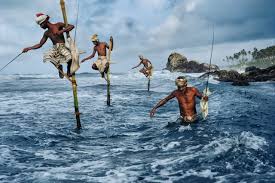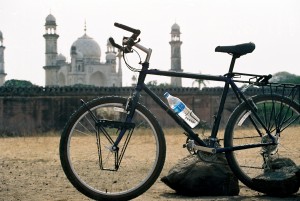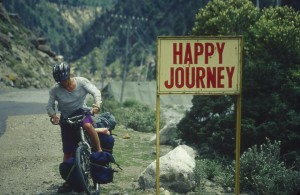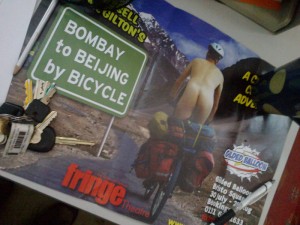PHOTO ESSAY OF MIGUEL MIERELLES
Assigned to Taylor, we workshopped who would be best to interview and shoot for our photo essay. For Taylor, I suggested a friend of mine Adam Hoss Ayers who is a glass and steel sculptor and who I used last time for my Media 1 project profile and excellent for the visual aspect of this media.
Taylor suggested I photograph a family friend of his, Miguel Meirelles, at his antique/restoration shop in Malvern. I had an idea that I’d photograph Miguel in his workshop clothes, wood shavings curling around his feet as he worked on his latest creation. I thought I’d shoot him in black and white as to me this always looks more interesting and use a fish-eye lens for close ups. I wanted to capture the action of what he was doing and an essence of his character.
However, on the day that we had planned to shoot, Taylor hadn’t turned up to class, and so I didn’t borrow a fish eye lens thinking he wasn’t going to show (he did in the end).
At the antique shop, the first thing I saw was Miguel in his kitchen with his workers having coffee and a bit of lunch. It seemed this is where the energy, the centre of Miguel’s actions came from and I was intrigued to take a shot of this. Taylor, having more experience with DSLR cameras, helped me get the settings right, and we aimed for a dark, almost film-noir look.
I got some close ups of some of the antiques on sale and made sure I got some of the French signage as Miguel often travels to France to obtain new pieces for his showroom. Thankfully, Miguel quite accommodating and quite easy to talk to, regaling us with stories of his escape from Mozambique in the 1960s, his time in Europe and finding his love for restoring antique furniture.
At some point, a middle-aged couple from Adelaide came in and started talking about new pieces they wanted. Miguel was, of course, relaxed and friendly with them and I sensed they trusted his judgment. I asked him how he coped with the competition on the street (there are at least five other antique shops in the vicinity) and he said that there is no competition if you have the right product.
While Miguel was a natural bon vivant, I also could tell he had a hard- nosed business sense and this seemed etched into his face. I think I saw this as he was walking back into the workshop while the Adelaide couple were in the showroom.

The last shot of him selling the table seems so natural that I could tell he just loved what he did.

In Lightroom I didn’t do that much to the photos other than adding the vignette feature, darkening or cropping where I felt it was necessary to emphasise an aspect or lead the viewer to the suggested subject. eg. The first shot of the chair in the kitchen.
What I liked about this project was working with Taylor as he’s quite affable and helpful and meeting Miguel who imbued a passion for life. It was also interesting that Miguel and I had some things in common like he knew a friend of mine Nicholas Dattner who had a furniture shop a while back in Collingwood, as well as sharing stories of our travels to Africa. There was, in the end, a great swapping of stories.


















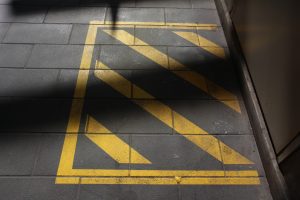



 But what I really loved about McCurry’s work was the way he was able to not only achieve these brilliant and vibrant colours
But what I really loved about McCurry’s work was the way he was able to not only achieve these brilliant and vibrant colours  but draw you in with the subject matter through framing the subject with something juxtaposed in the background.
but draw you in with the subject matter through framing the subject with something juxtaposed in the background.

